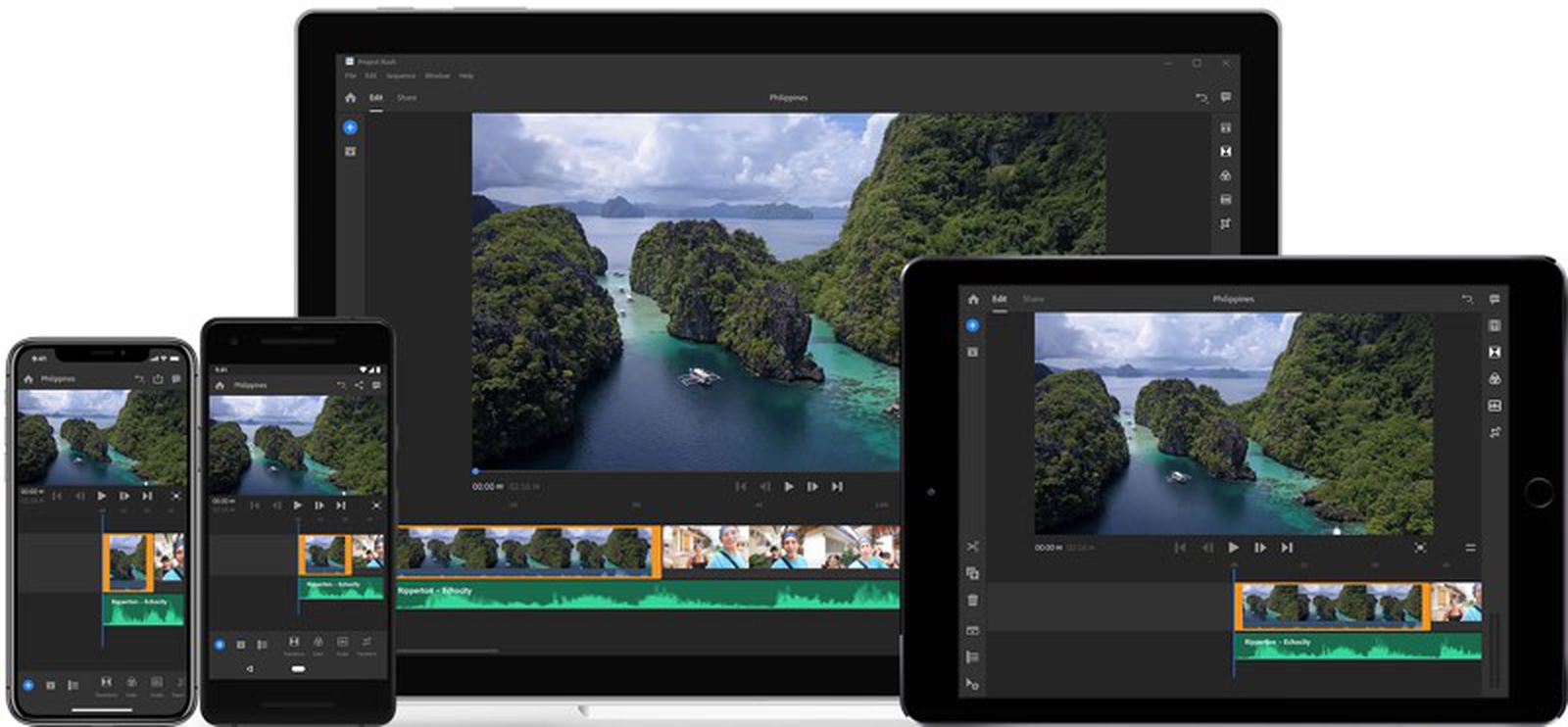the big thing with the Mac Pro at the moment is the ASIC (afterburner card). Apple really should be making those standard on the Mac Pro.
There is about zero good reason to do that. Two major reasons. First, the card does one and only one thing ( decode the various formats of ProRes), Perhaps there will be a later upgrade so that it will add either encoding ProRes and/or an updated format of ProRes to the mix. But it will still basically be one narrow niche class of things. For Video editors dealing with 6-8K or more than several 4K decodes streams it is a value add, but otherwise it doesn't do that. The Mac Pro isn't a narrow silo computer ( not for A/V use only).
It is not an ASIC card, but pragmatically it is. It is a FPGA chip so it could change, but since Apple solely does calls to it from their A/V core libraries it is effectively an ASIC. And not being "end user" programmable means it comes with whatever modes (and switching between modes) that Apple ships.
Second major reason is cost. Adding $2K to every Mac Pro would be even worse than the effective $6K floor they have put on the device. Even if it got cheaper by buying them in larger bulk $1-1.5K , then that would still have the impact of making the system increasingly non competitive with other workstations for many workloads.
If trying to pitch that Apple would ship a developer enviroment and folks could adapt the FPGA to multiple other usages. Again would add costs.
"Everybody" doesn't need the Afterburner card any more than "everybody" need 20 cores.
If apple can get app developers onboard to support that properly then the big number crunching work doesn't need the CPU so much to get it done.
If app developers make Foundation A/V Core library calls to open and decode ProRes files and Afterburner is present ... then it gets uses. Developers had to be going out of their way to avoid Apple's libraries in order not to be setting the preconditions to leverage Afterburner. It is what Apple has been asking developers to do in the first place before Afterburner showed up.
However, you are also vastly overselling how much work Afterburner gets done. Afterburner has more of a multiplier effect due to the paritial CPU unloading it does. If the CPU isn't decoding ProRes that leaves more CPU workload headroom for other stuff ( effects , encode , etc. ). Those other tasks aren't disappearing. Likewise keep the decode process off the GPU (if tossing computation there. ). The user can work better with 12-16 core system as opposed to needing a 24-28 core system, but still have that baseline of 8-10 cores to do the rest of the workload being thrown at the workstation.
[quote[
Which leaves apple free to switch the CPU out for something else without losing as much performance in Afterburner-accelerated applications. [/quote]
Apple could throw a relatively week A-Series derivative in the Mac Pro because Afterburner was carrying most of the 'water' ? That would fail.
Will it work out that way? Who knows. But I see afterburner as Apple's exit strategy from intel at the high end.
Afterburner isn't an exit from Intel at all. Afterburner is a mechanism to get the ProRes format more traction in the video storage format space. That is mainly it. It will help ProRes RAW be adapted into more video cameras as a high end alternative format or enable HDMI RAW output be sent to a external recorder ( e.g. ATMOS ) to because encoded as ProRes RAW. For example
Panasonic DC S1H adding support recently.
Panasonic has added 5.9K Raw video output to its Lumix DC-S1H full-frame mirrorless stills/video camera, allowing the recording of ProRes RAW with an Atomos Ninja V recorder.

www.dpreview.com
And Apple putting ProRes Raw on Windows
Apple today released ProRes RAW for Windows in a beta capacity (via Mark Gurman), with the software designed to allow ProRes RAW and ProRes RAW HQ...

www.macrumors.com
Again to promote wider adoption of the format ( and draw a bit of a "underline" into the Afterburner+macOS+macPro combo having a performance edge in that expanded ecosystem. )
[ If some open video RAW format took off in adoption then Apple could selectively cover that also. But the afterburner focus would probably always include Apple's solution for this general task.]
That is completely orthogonal to Intel ( versus AMD or some other vendor ) in the CPU in the Mac Pro.



